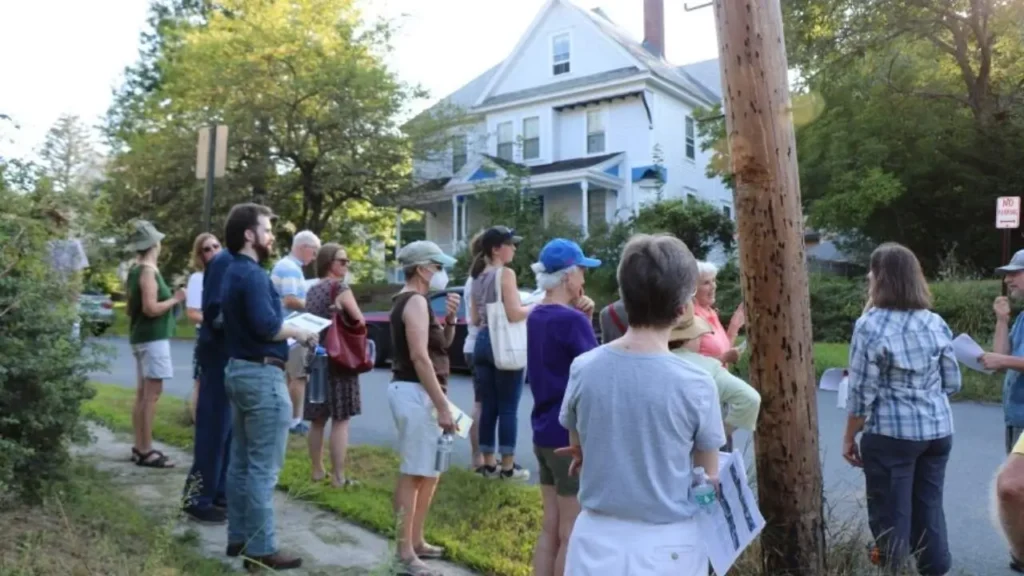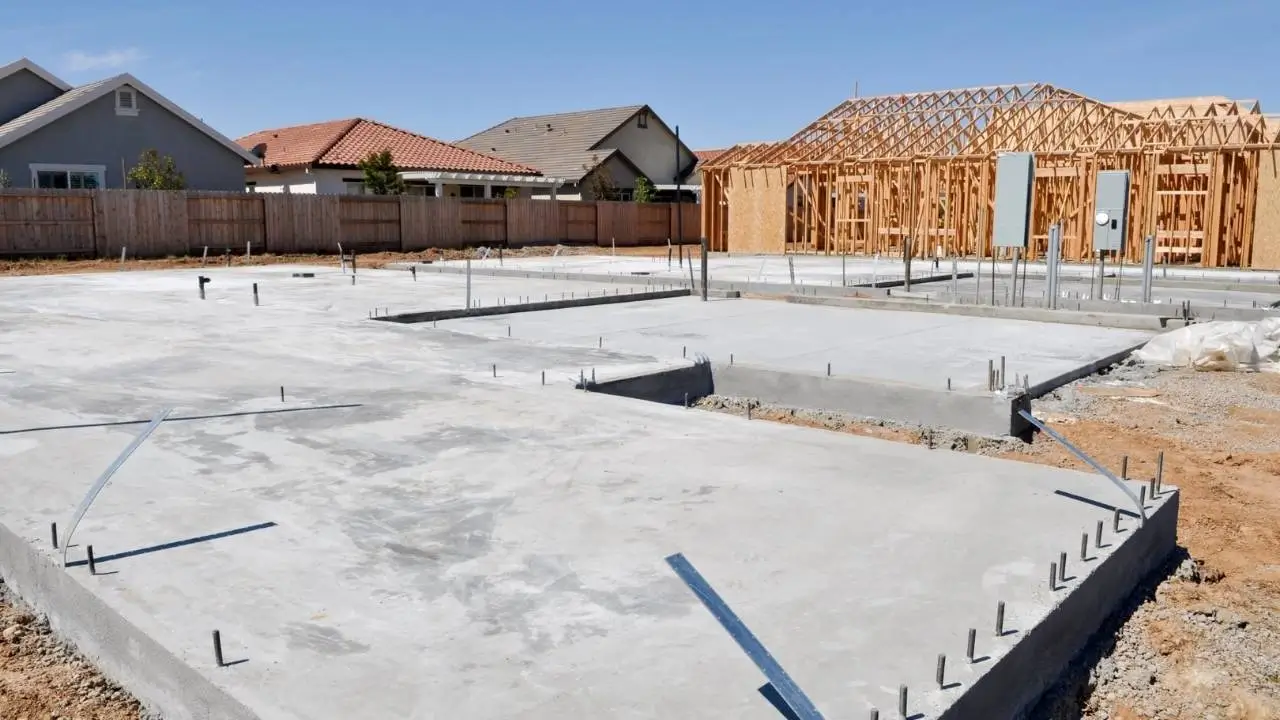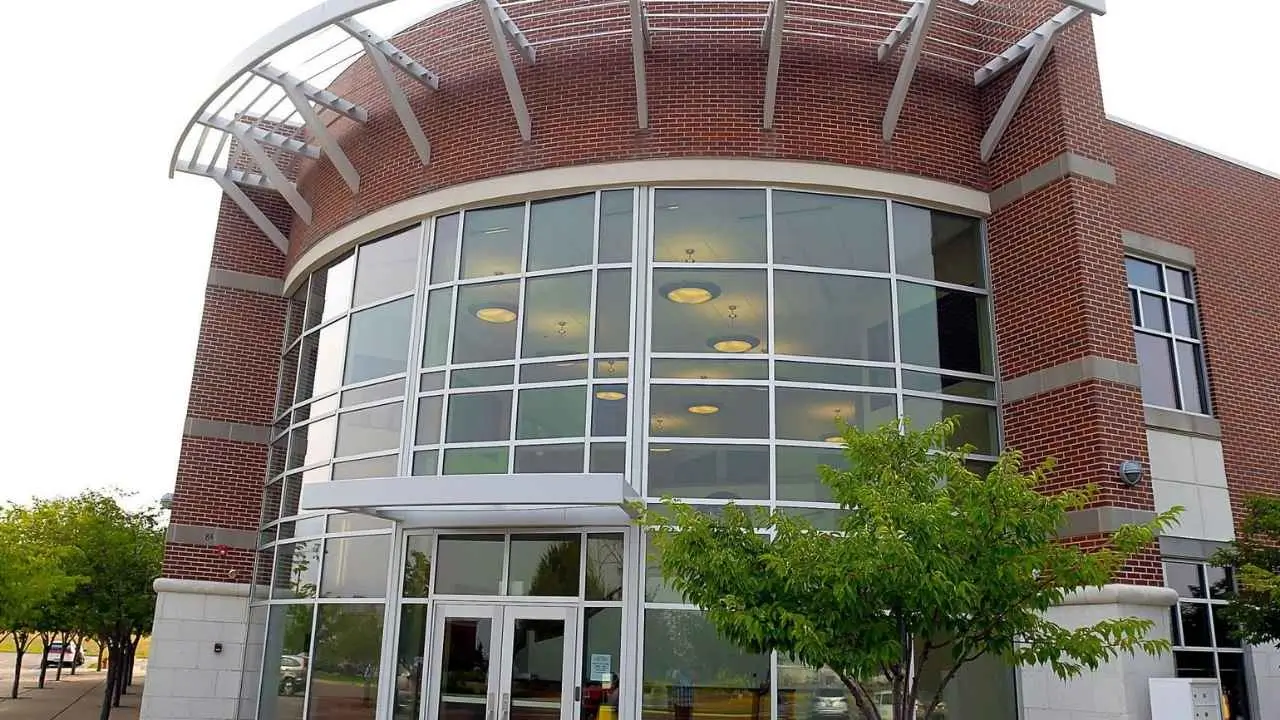Cache County, located in northern Utah, has long been known for its scenic landscapes, rural charm, and tight-knit communities. However, as the region’s population continues to swell—particularly in cities like Logan—the county is facing a crisis in land use. Experts warn that its existing zoning laws are becoming increasingly out of touch with the demands of a growing population.

The county, which recorded an annual growth rate of 2.3% over the past few years, is seeing rapid residential and commercial development. Cache County’s population surged by over 10% from 2010 to 2020, with projections suggesting that growth will continue into the next decade. This poses a unique challenge for local officials and planners who are grappling with outdated zoning laws, initially designed for much slower expansion.
Zoning Laws Under Pressure
Zoning laws are intended to control land development in a way that promotes orderly growth while protecting residents’ quality of life. In Cache County, however, many of these regulations were written years ago, before the region began its accelerated development. As a result, developers, local residents, and planning experts argue that the current zoning system is no longer sufficient.
“The zoning laws are becoming increasingly mismatched with the realities on the ground,” said Dr. Emily Sanders, a professor of urban planning at Utah State University. “They were designed in a time when growth wasn’t a primary concern, and they’ve not kept pace with today’s needs.”
While Cache County’s zoning laws generally protect agricultural land and rural areas from urban sprawl, critics argue that these same protections limit the construction of affordable housing in urban centers. As the demand for new housing units increases, the available space within city limits is shrinking rapidly, leading to higher property prices and longer commutes for workers.
Current Land Use Trends: What Needs to Change?
Cache County’s most recent housing study indicates that the county will need to add at least 7,000 new housing units by 2030 to meet demand. However, the county has only limited space available for new construction within its urban zones. A significant portion of available land has been set aside for agricultural use, leaving few opportunities for developers to build new residential or commercial properties.
“This is a growing problem that could have serious implications for both the economy and the quality of life in the county,” said Danielle Clark, a local real estate developer. “Without changes to the zoning laws, it will be difficult for us to build the homes that are so desperately needed.”
One area where zoning laws are particularly restrictive is multi-family housing. Many of the county’s zoning codes still prioritize single-family homes, leaving little room for apartment complexes or townhouses, which could help alleviate the housing shortage. Some residents are concerned that this limited scope of land use could push low- and middle-income residents further out of town, making it harder for them to access employment, education, and other services.
A Shift in Policy: Potential Solutions
Experts agree that Cache County’s zoning laws need to be updated to reflect the realities of a rapidly growing population. Potential solutions include rezoning certain areas to allow for higher-density housing and revising building codes to encourage more sustainable development. Planners also advocate for expanding transportation infrastructure to make new developments more accessible.
“There’s a real need for a comprehensive approach to zoning that allows for both growth and the preservation of the county’s natural beauty,” said Andrew Carlson, a senior planner with the Utah Department of Housing and Community Development. “This is a delicate balance, but one that’s essential if Cache County is to thrive in the coming years.”
Some local officials have already begun to take action. In 2023, Cache County passed a revised zoning ordinance aimed at increasing the amount of land designated for mixed-use development and encouraging higher-density housing near key transportation hubs. While this is seen as a step in the right direction, many believe it is just the beginning of a broader reform effort that will require further collaboration between local government, developers, and community stakeholders.
The Road Ahead: A Delicate Balance
As Cache County’s growth shows no signs of slowing down, its zoning laws will likely remain under scrutiny. The challenge for local authorities will be to balance the need for new housing and development with the desire to protect the region’s agricultural heritage and scenic landscapes.
“It’s a difficult issue, and there’s no one-size-fits-all solution,” said Sarah Jenkins, a county council member. “But we are committed to finding a path forward that works for everyone—residents, developers, and future generations.”
Changing Landscape and Growing Tensions
Alongside zoning, local officials are grappling with questions about the region’s environmental sustainability. The county’s agricultural land has been one of its defining characteristics, but developers are increasingly interested in tapping into these areas for housing projects. This has sparked debates over the loss of valuable farmland versus the need for additional housing to accommodate newcomers.
For many longtime residents, the idea of seeing open fields and rural land replaced by rows of new homes is an emotional topic. The county’s strong agricultural traditions are deeply embedded in local identity, and many are concerned about the environmental impact of expanding urban areas. Some argue that preserving farmland should be prioritized, while others assert that new housing developments are essential to the area’s economic future.
As the debate continues, some local leaders are attempting to find a middle ground. Recent zoning changes have included provisions to preserve certain agricultural zones while allowing more mixed-use developments in other areas. This strategy seeks to balance growth with preservation, but it is unclear whether it will be enough to keep pace with the demand for new housing.
The Role of Transportation in Managing Growth
Another key aspect of the zoning debate is transportation. As new developments are proposed on the outskirts of urban areas, local officials recognize the importance of improving public transit and road networks to support these expansions. Expanding transportation options will be critical for ensuring that new housing developments are connected to the larger regional economy.
Transportation infrastructure is already a concern in many parts of Cache County, where traffic congestion can be problematic, particularly during rush hour. Ensuring that new developments are integrated into the existing transportation network will be vital for maintaining the quality of life for both new and long-term residents. Some planners are suggesting that creating “smart growth” areas near transit hubs could be an effective solution, allowing for higher-density housing near bus or train stations to reduce reliance on cars.
As urban sprawl continues, local governments will also have to ensure that utilities like water, sewage, and electricity can handle the increased load of new developments. Ensuring that the county’s infrastructure can keep up with the pace of growth is an ongoing challenge that will require significant investment and planning.
Community Involvement and Public Sentiment
One of the most important factors in the success of any zoning reforms is public input. Many residents of Cache County have expressed concerns about the speed and scope of recent zoning changes. While some welcome the promise of more affordable housing, others worry that the rural charm of their communities will be lost.
Public meetings and town halls have become common venues for these debates. Local officials have worked to include residents in discussions about the future of land use, emphasizing that their voices will help shape the direction of the county’s development. Community input will be crucial for ensuring that zoning changes reflect the desires of the people who live there, while also accommodating the needs of the growing population.
How Developers Are Reimagining Downtown Logan From the Ground Up
Moving Forward with Caution
The task of updating Cache County’s zoning laws to accommodate its growing population is a complex and multifaceted issue. Local officials are already taking steps to address some of these challenges, but many believe that further action will be necessary to ensure that the county can manage its expansion without sacrificing its character.
While the zoning laws may not be perfect yet, the ongoing dialogue between local leaders, developers, and residents shows that Cache County is committed to finding solutions that work for everyone. As the county’s population continues to grow, the decisions made today will shape the future of Cache County for generations to come. The path forward will likely require careful planning, collaboration, and a willingness to embrace change while preserving the county’s rural roots.

















